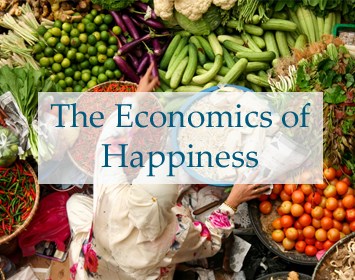Inauguration 2017 Special Coverage w/ Angela Davis, Naomi Klein, Ralph Nader & More
Menu

Special coverage in the Trump Era
From Public Citizen's Corporate Presidency site: "44 Trump administration officials have close ties to the Koch brothers and their network of political groups, particularly Vice President Mike Pence, White House Legislative Affairs Director Marc Short, EPA Administrator Scott Pruitt and White House budget director Mick Mulvaney."
Dark Money author Jane Mayer on The Dangers of President Pence, New Yorker, Oct. 23 issue on-line
Can Time Inc. Survive the Kochs? November 28, 2017 By Jane Mayer
..."This year, among the Kochs’ aims is to spend a projected four hundred million dollars in contributions from themselves and a small group of allied conservative donors they have assembled, to insure Republican victories in the 2018 midterm elections. Ordinarily, political reporters for Time magazine would chronicle this blatant attempt by the Kochs and their allies to buy political influence in the coming election cycle. Will they feel as free to do so now?"...
"Democracy in Chains: The Deep History of the Radical Right’s Stealth Plan for America" see: our site, and George Monbiot's essay on this key book by historian Nancy MacLean.
Full interview with The New Yorker’s Jane Mayer March 29, 2017, Democracy Now! about her article, "The Reclusive Hedge-Fund Tycoon Behind the Trump Presidency: How Robert Mercer Exploited America’s Populist Insurgency."
Democracy Now! Special Broadcast from the Women's March on Washington
The Economics of Happiness -- shorter version
Local Futures offers a free 19-minute abridged version of its award-winning documentary film The Economics of Happiness. It "brings us voices of hope of in a time of crisis." www.localfutures.org.
What's New?
November 20, 2010
Diana Johnestone: NATO'S True Role in US Grand Strategy
"On November 19 and 20, NATO leaders meet in Lisbon for what is billed as a summit on “NATO’s Strategic Concept”. Among topics of discussion will be an array of scary “threats”, from cyberwar to climate change, as well as nice protective things like nuclear weapons and a high tech Maginot Line boondoggle supposed to stop enemy missiles in mid-air. The NATO leaders will be unable to avoid talking about the war in Afghanistan, that endless crusade that unites the civilized world against the elusive Old Man of the Mountain, Hassan i Sabah, eleventh century chief of the Assassins in his latest reincarnation as Osama bin Laden. There will no doubt be much talk of “our shared values”.
Most of what they will discuss is fiction with a price tag.
The one thing missing from the Strategic Concept summit agenda is a serious discussion of strategy.
This is partly because NATO as such has no strategy, and cannot have its own strategy. NATO is in reality an instrument of United States strategy. Its only operative Strategic Concept is the one put into practice by the United States. But even that is an elusive phantom. American leaders seem to prefer striking postures, “showing resolve”, to defining strategies.
One who does presume to define strategy is Zbigniew Brzezinski, godfather of the Afghan Mujahidin back when they could be used to destroy the Soviet Union. Brzezinski was not shy about bluntly stating the strategic objective of U.S. policy in his 1993 book The Grand Chessboard: “American primacy”. As for NATO, he described it as one of the institutions serving to perpetuate American hegemony, “making the United States a key participant even in intra-European affairs.” In its “global web of specialized institutions”, which of course includes NATO, the United States exercises power through “continuous bargaining, dialogue, diffusion, and quest for formal consensus, even though that power originates ultimately from a single source, namely, Washington, D.C.” ...
Read full article here

